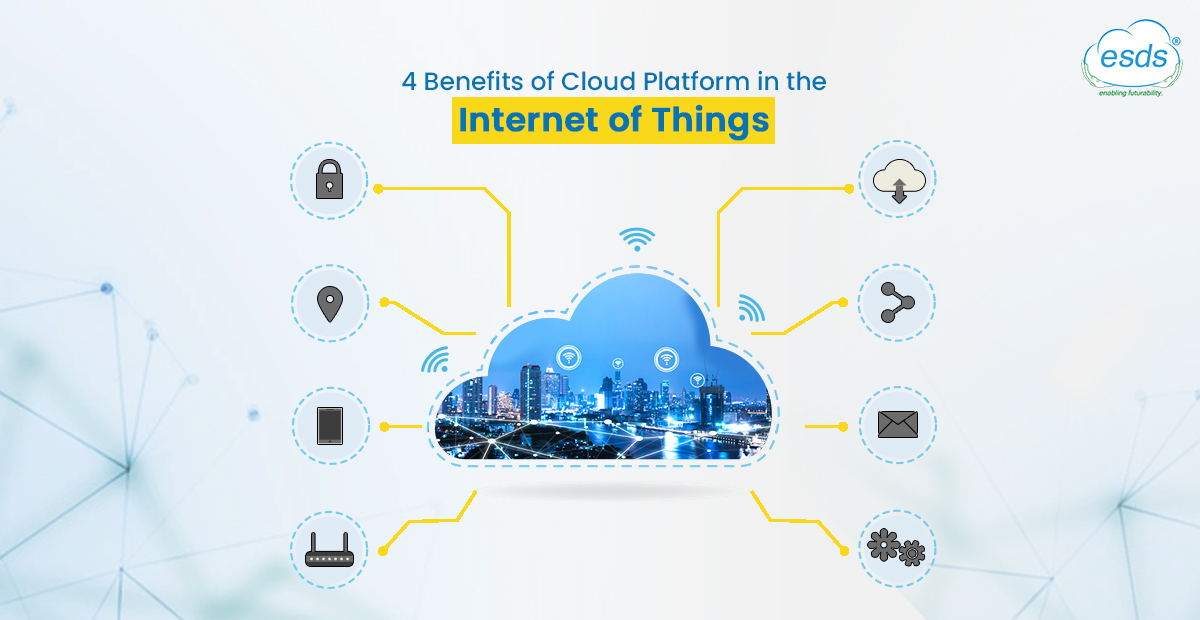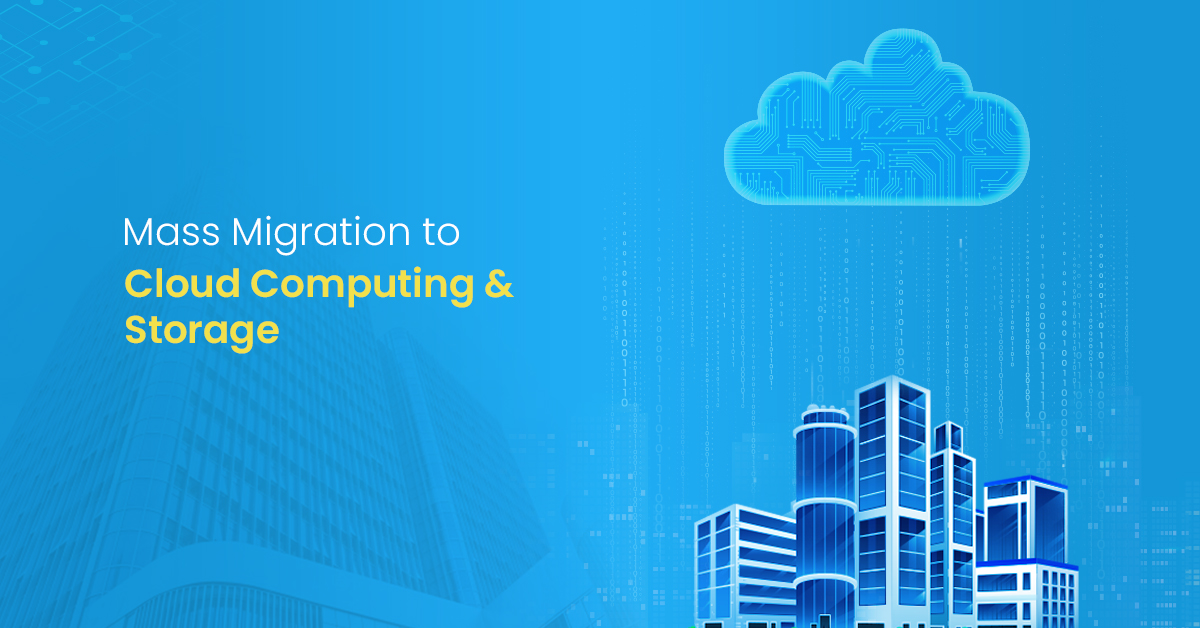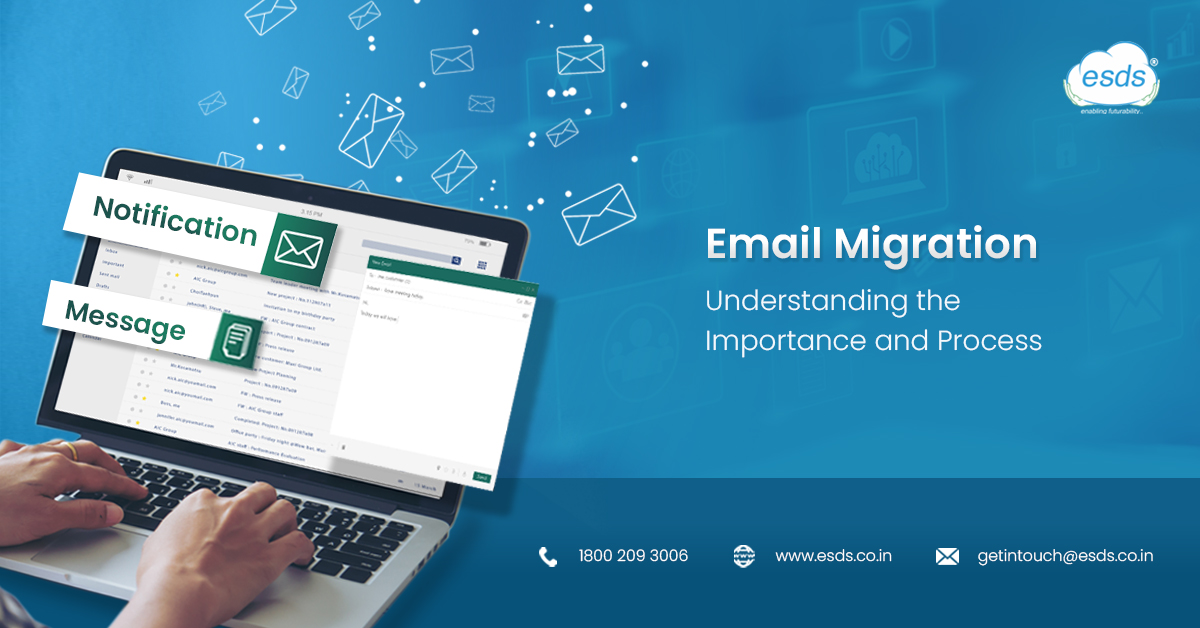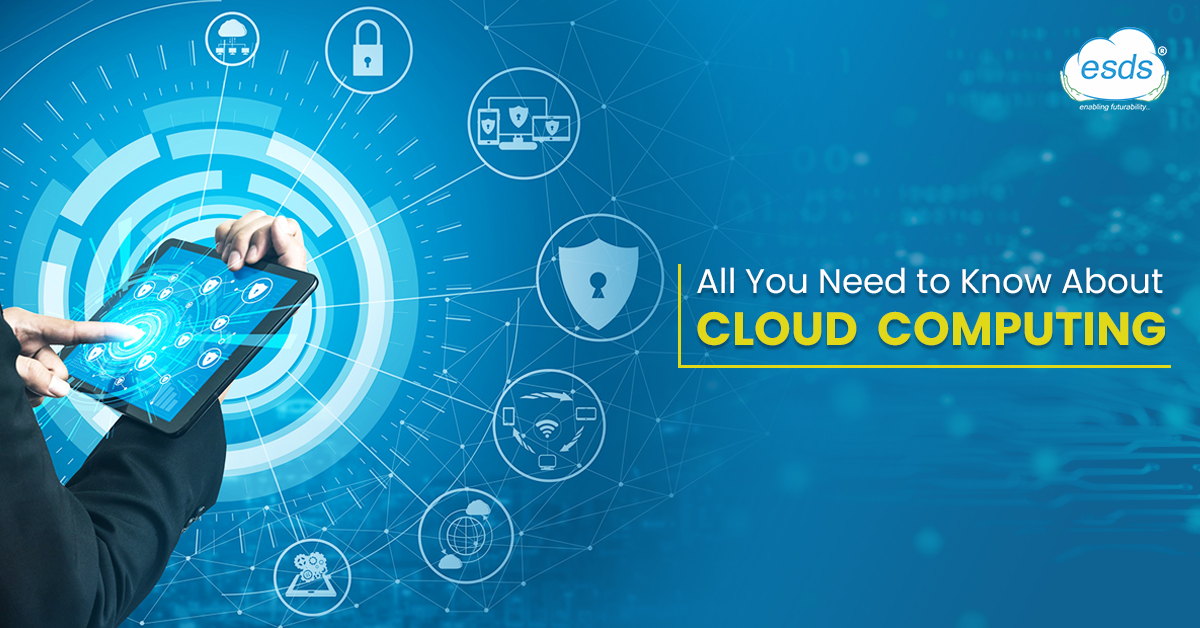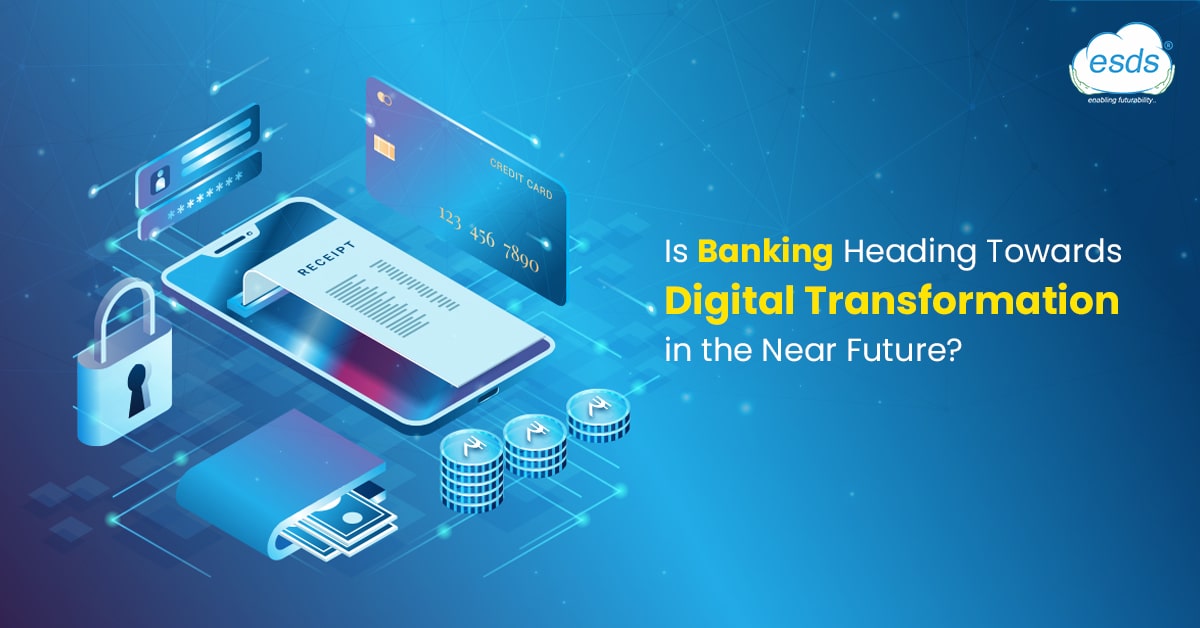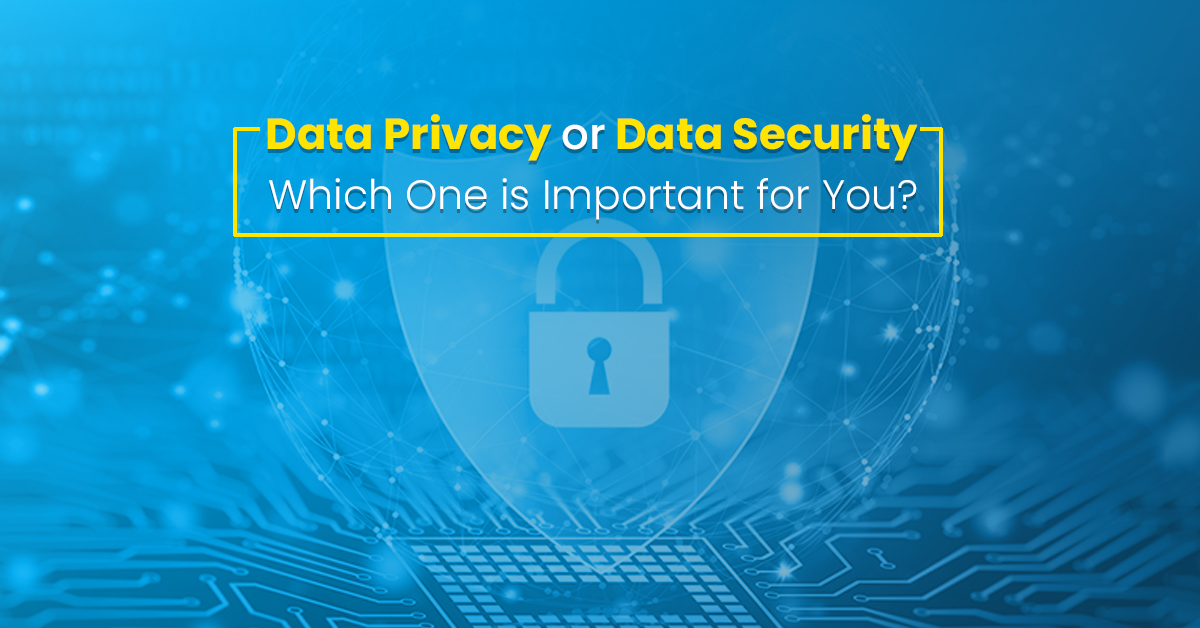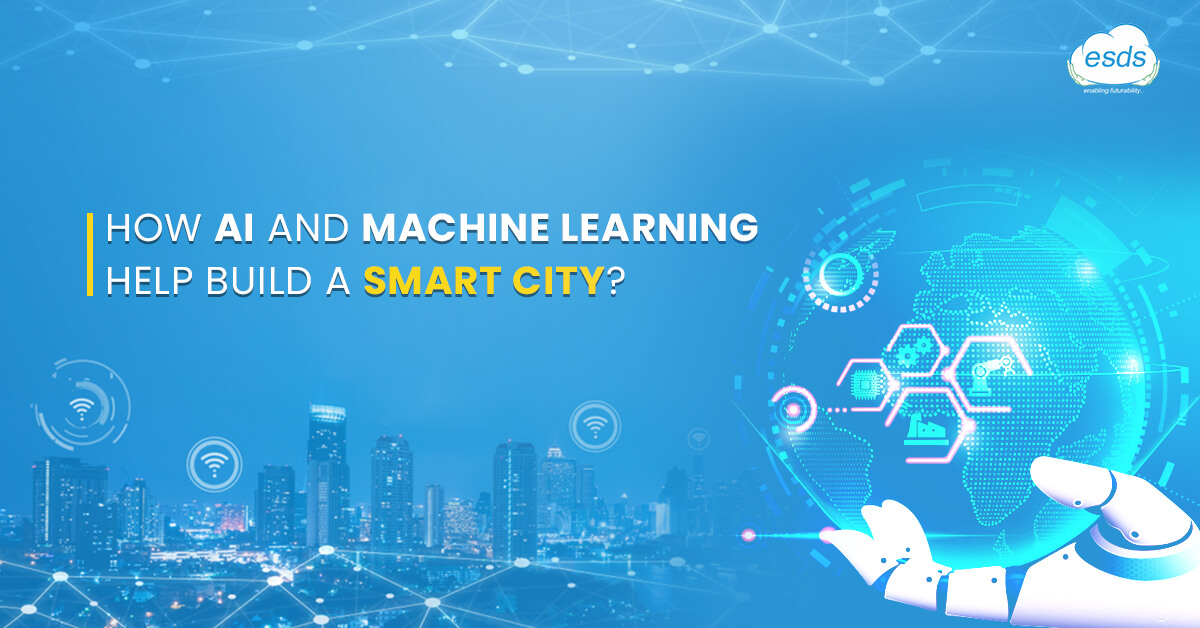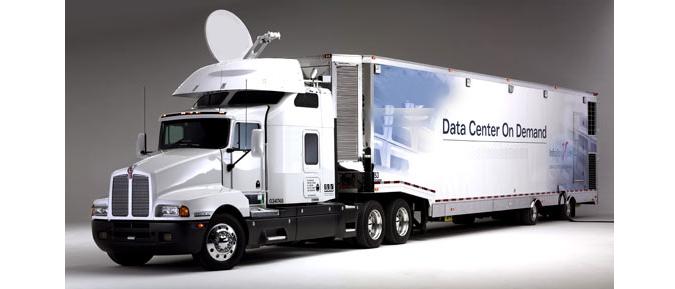Below I detail what I understand about the advantages and
disadvantages of SaaS and PaaS, and of course what influences decision
making in business. To a greater or lesser extent all these relate to
paas saas and therefore I have chosen not to separate them.
Advantages:
Less initial investment and less risk, the use of
the software without having to make an initial investment in machinery,
software base (so) and additional software to run the application they
would need in an environment in-house, is an important benefit for IT
managers and ultimately for the company.
Cost reduction, in addition to paying for only what you need,
you get a cost savings of maintaining the platform of machinery and the
necessary software (databases, application server) to run your
application.
Immediate updates and new features , a party that
will not require dedicated staff for updates and software upgrades
immediately. Sometimes we choose to use new features.
Support more agile and quick implementation. Bugs have a direct treatment and commissioning solution faster than in-house facilities.
The company focuses its efforts on your business , you really are outsourced to the point that systems do not expend effort in the choice and maintenance of systems.
However, always require care dept. IT but to a much lesser extent.
Increased availability and data security, against
what may appear and in view of the disadvantages that we will see below,
many companies have no procedures for backup, restore and general
contingency plans in case of loss of information or hardware failure.
Read More>>

